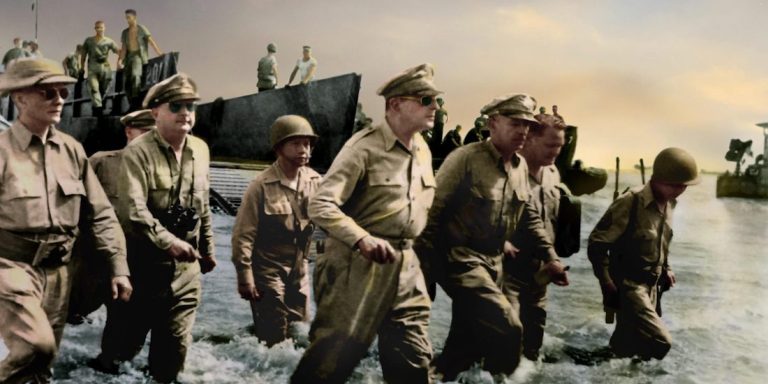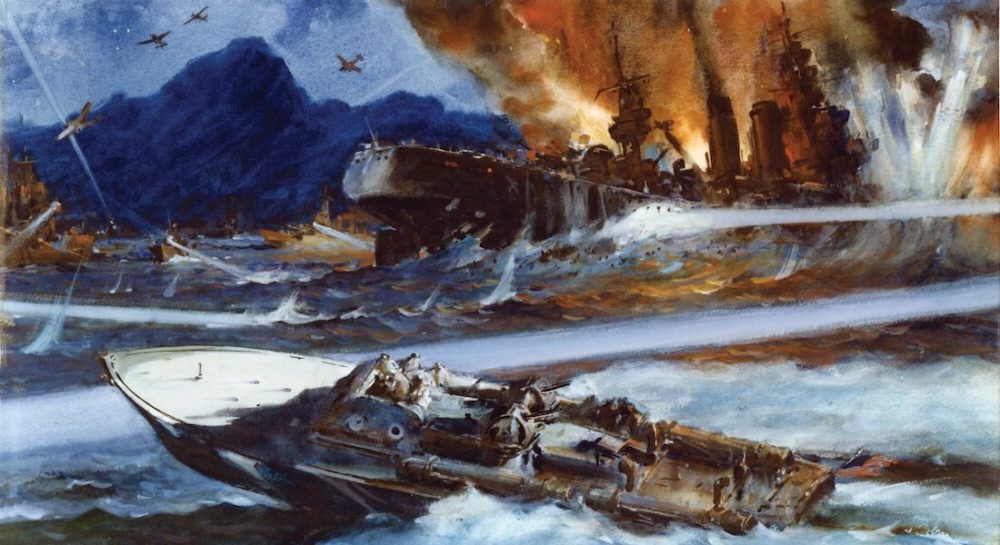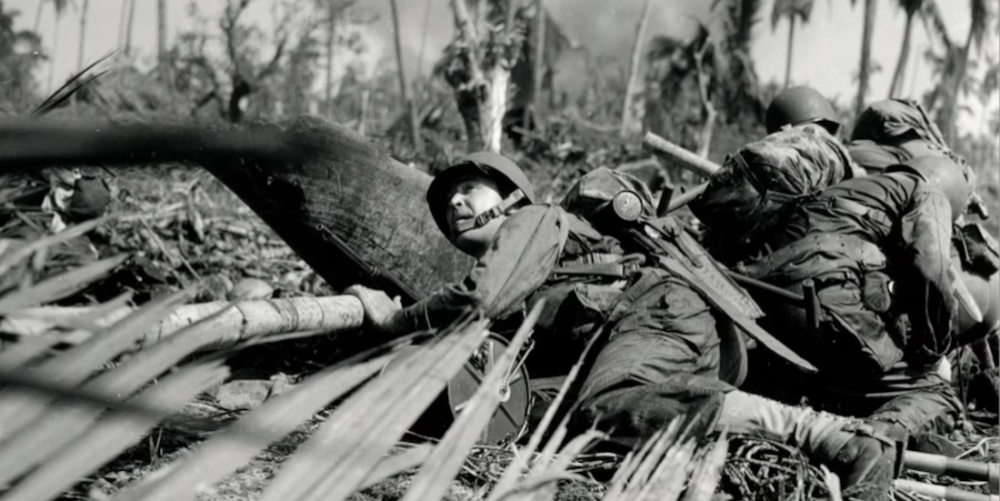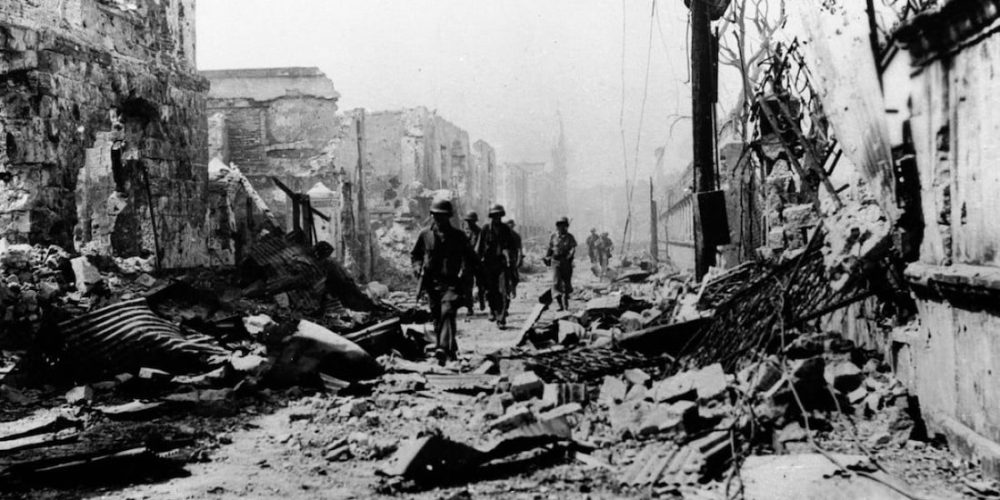
U.S. General’s Dramatic World War II Promise—”I Shall Return”—Became a Lifesaving Symbol for Filipino and American Fighters

New York, N.Y. — In October 1944, as World War II raged in the Pacific, Gen. Douglas MacArthur waded ashore on Leyte Island in the Philippines. With a single radio broadcast, he fulfilled a vow made in the face of defeat two years earlier, launching an audacious liberation campaign that shaped the fate of the archipelago and cemented his legacy as an enduring American symbol.
I grew up hearing these stories. Although my father was in Europe under General Patton, both my maternal and paternal uncles—Dudley and David—were with the U.S. Navy in the Pacific under General MacArthur.

The Fall and the Promise: “I Shall Return”
In the early months of 1942, the Philippines—an American territory and strategic Pacific outpost—fell swiftly to the Imperial Japanese Army. Outnumbered and undersupplied, U.S. and Filipino troops withdrew to the Bataan Peninsula and the island fortress of Corregidor. Despite heroic resistance, their position became untenable.
President Franklin D. Roosevelt, anxious to avoid the capture of the Pacific’s most famous general, ordered Gen. Douglas MacArthur to evacuate to Australia to direct further operations.
When MacArthur arrived on Australian soil in March 1942, the eyes of the world were on him.
Reporters pressed him for comment; instead, he delivered
a historic promise: “I came through and I shall return.”
The phrase soon became an Allied rallying cry. For hundreds of thousands of Filipinos suffering through brutal occupation, and for the American prisoners enduring the horrors of the Bataan Death March, MacArthur’s words were a lifeline of hope.
Building Toward Liberation: Strategy and Determination
As Allied fortunes shifted, MacArthur operated from Australia, devising a sweeping campaign across New Guinea to cut Japanese supply lines and set the stage for a return to the Philippines.
Strategic debates raged among U.S. military planners. Some, notably Admiral Ernest J. King, advocated bypassing the archipelago entirely and striking directly at Japan. But MacArthur insisted that liberating the the Philippines–an American territory —was both a moral obligation and a military necessity, essential to restore American prestige in Asia and to fulfill commitments to Filipino allies.
By mid-1944, Allied successes mounted. With the capture of the Mariana Islands, American bombers drew within range of Tokyo.
MacArthur prevailed on President Roosevelt to endorse an amphibious assault on the eastern Philippine island of Leyte—Operation Musketeer.
The campaign would see the largest commitment of U.S. Army resources in the Pacific, involving hundreds of ships and tens of thousands of soldiers.

The Return: Leyte Landing and Famous Broadcast
On the morning of October 20, 1944, a vast Allied fleet drew up off Leyte. As soldiers came ashore, resistance was lighter than on previous Pacific landings.
That afternoon, MacArthur himself waded through the surf, joined by Philippine President Sergio Osmeña, in a photograph that would become iconic.
Moments later, MacArthur addressed the Filipino people by radio:
“People of the Philippines, I have returned! By the grace of Almighty God, our forces stand again on Philippine soil—soil consecrated in the blood of our two peoples. We have come dedicated and committed to the task of destroying every vestige of enemy control over your daily lives, and of restoring upon a foundation of indestructible strength, the liberties of your people… Your patriots have demonstrated an unswerving and resolute devotion to the principles of freedom that challenges the best that is written on the pages of human history. I now call upon your supreme effort… Strike!”
The speech electrified Filipinos and resonated worldwide, signaling the beginning of one of the Pacific War’s most bitter, hard-fought campaigns.
Why the Return Mattered—Symbol, Strategy, and Sacrifice
MacArthur’s triumph was not just a matter of personal pride. For Filipinos, the general’s return validated years of guerrilla resistance and kept alive hopes for freedom and ultimate independence.

The Japanese occupiers had unleashed atrocities that deepened the population’s determination to persevere until Allied forces came back.
Strategically, the Philippines’ location controlled vital sea routes and provided bases from which Allied bombers and naval forces could strike further toward the Japanese home islands.
The decision to liberate the Philippines, rather than bypass it, ensured that the U.S. would reassert its presence in Southeast Asia and break Japan’s defensive ring.
The campaign came with a heavy price. The battle for the Philippines stretched into 1945; cities like Manila suffered massive destruction, and casualties on all sides—including civilians—were enormous.
But with each island liberated, the promise made by MacArthur in 1942 drew closer to fulfillment.
By July 5, 1945, MacArthur could announce that the Philippines had been fully liberated—a transformative victory for Allied strategy and a powerful moment of vindication for a general who had staked his reputation and honor on a single vow.

Legacy of a Return
MacArthur’s “I shall return” became more than a slogan; it was an embodiment of Allied resolve against tyranny. In the Philippines, his vow immortalized him as a symbol of both liberation and American commitment. To this day, history books characterize his dramatic wading through Leyte’s surf and his unforgettable broadcast as seminal moments in twentieth-century military history.
MacArthur’s Pledge Fulfilled: Inside Famous Return to the Philippines (Aug. 1, 2025)
Summary
In October 1944, U.S. Gen. Douglas MacArthur returned to the Philippines, keeping a bold vow he’d made after being forced to abandon the islands in 1942. His landing on Leyte ignited hope, rallying both Filipino guerrillas and American soldiers for a brutal campaign to expel Japanese occupiers. MacArthur’s famous return was a turning point in World War II’s Pacific theater, signifying restored Allied momentum and inspiring one of the most resonant military promises in American history.